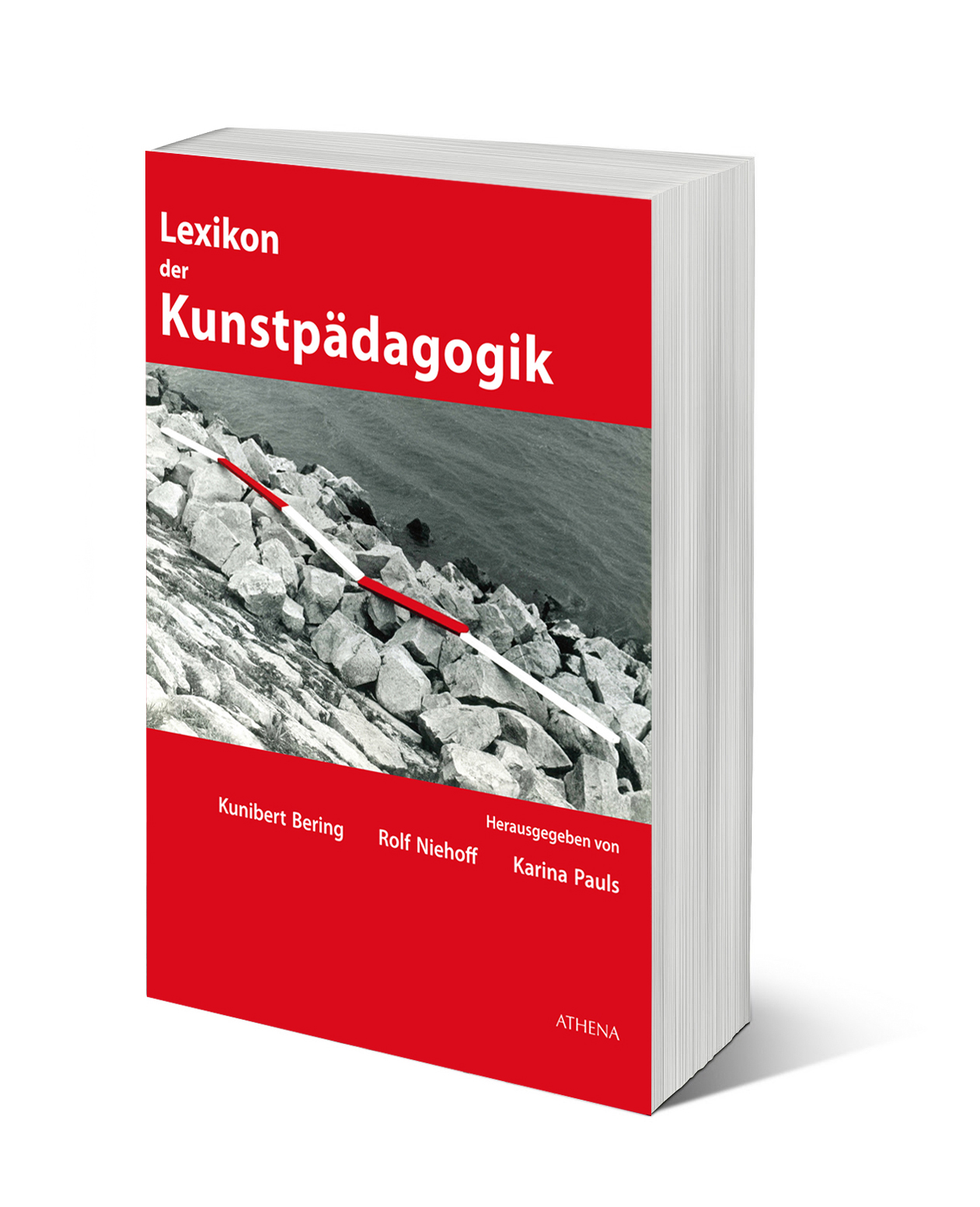Design term
The
term design
(lat. “designare” – determine, arrange, designate, see, plan) refers to the core competence of the professional field, the conceptual work on the shaping of our living environment for the invention, definition, designation and further development of content-related functions. The aim of design is the innovative conception, functional design and successful marketing of material, digital and communicative cultural products and cultural techniques which, through their everyday presence, form the living, working and imaginary world of modern man. As a field of experimentation for new technologies and aesthetic practices, design today is a driving force behind the socio-cultural, economic, technological, scientific and communicative progress of modern societies.
Design history
The
history of design
begins with modernity, the Enlightenment, the natural sciences and the industrial revolution of entire societies. The development of machines for the mass production of material cultural goods is inextricably linked to the process of shaping. Technical innovations drive progress in product development, while conceptual product innovations stimulate research and testing of new manufacturing and distribution methods. The age of technology was heralded in 1851 with the first international exhibition in England, the
Great Exhibition
or “Great Exhibition”, at which more than 17,000 exhibitors from 28 countries attracted an audience of 6 million people. Thanks to its enormous economic impetus, the
industrial trade fair
has become a type of international showcase at which global and regional companies demonstrate their innovative strength at regular intervals. The contradiction between the eclectic mixture of styles of the industrial products on display and their technical nature stimulated the search for a new language of form, which from then on was conducted less and less in art and handicrafts, but in the new professional field of design. The “
Art Nouveau
” or “Art nouveau” characterizes the era of transition between the artistic one-off, the small-scale artisanal series and industrial mass production. Other movements such as the British “
Arts and Crafts Movement
” sought strategies to return to the “beauty of the material” in arts and crafts as a counter-movement. This attitude can still be found today in modern design, which can be seen year after year at important interior design trade fairs such as the “Salone Internazionale del Mobile” in Milan or the “imm cologne” in Cologne, where a large number of handcrafted unique pieces and small series are presented alongside mass-produced items. One year after the first World’s Fair, the Victoria and Albert Museum was founded in London in 1852, displaying the world’s largest collection of “decorative arts and design”. “
Design museums
” are usually referred to as “museums of applied arts” or “museums of decorative arts”. Today, they can be found in most major cities and provide vivid information on historical and current topics in design history.[1]
Design process
The content and methods of design are applied to the
design process
or
design thinking process
which is primarily divided into 6 phases:
- Understanding the problem – moderation of the problem definition, clarification of the problem situation and ideas of all participants regarding objectives, target group, benefits and cost framework within the framework of transdisciplinary teamwork
- Researching the problem – company, product, cost, feasibility and market analysis while recognizing future potential in culture and technology
- Search for ideas Problem solving – design of different variants for problem solving, taking into account ethical principles, social rules and norms, aesthetic and technical innovations as well as human, structural and financial resources in the company
- Selection of the solution strategy – analytical evaluation of benefits, prospects of success & effort, taking into account intuitive knowledge resources & emotional evaluation criteria
- Prototyping and creation – practical testing and optimization of the preferred solution using an exemplary functional model
- Testing and feedback – testing of functional properties & utilization potential, use of feedback and critical analysis of project success in the application phase
Design practice
The
design practice
includes not only intellectual and practical services in the conception phase, but also planning, monitoring and evaluation functions in the production and post-production phase. The
marketing competence
of designers ensures the commercial success of products and services, which goes hand in hand with substantial knowledge of market conditions and methods for anticipating the current and future needs of customers and society. Today, design is considered a strategic economic factor, a driver of modernization and a success factor for the future of modern societies[2].
Competence centers for design
such as the “German Design Council“, which was initiated by the German Bundestag more than 60 years ago, are now present in all German states. They contribute to the development and public perception of the profession, promote the competitiveness of the industry and are the point of contact for information and educational purposes.
Design products and services are often very complex and are therefore developed by interdisciplinary teams, which is why the
authorship
is often divided according to sectors or comprises entire groups. Today, design products are protected by copyright if they are recognized as innovations or artistic achievements. Primary utility functions do not stand in the way of this[3]. Due to their personality and achievements, designers can achieve a level of recognition that gives their names, products and companies a brand character.[4] Similar to well-known artists, the entire work of prominent designers is protected by copyright.
The design process involves the use of technical, scientific and artistic methods, which is why the
design training
is based at vocational schools, technical colleges, art colleges and universities, depending on the focus. Design encompasses the professional practice of designers, which today is characterized by a spectrum of over 100 different training professions as well as Bachelor’s and Master’s degree courses.[5 ] The numerous annual exhibitions, which showcase outstanding projects and final theses, provide a good overview of the programs, topics and quality of the educational institutions.
Design festivals
such as the “DMY” in Berlin, the “Dutch Design Festival” in Eindhoven and the “London Design Festival” showcase international design trends and provide a forum for young creative talent. Important
design journals
such as “design report” (overview), “form” (industrial design), “novum” (graphic design), “page” (communication design), fotoMAGAZIN (photography) or AIT (interior design) cover current key topics. Renowned design prizes such as the “Red Dot Design Award” (Design Zentrum NRW) or the “German Design Award” (German Design Council) provide qualitative orientation in the field of new products.
The most important design fields in 2016 at a glance [6]:
- Industrial design, product design, product development
- Communication design, visual communication, graphic design, editorial design
- Film, photography, illustration, creative direction
- Media design, information design, design informatics
- Multimedia design, computer animation, motion design
- Interaction design, interface design, game design
- Audiovisual media design, direction, camera, editing, lighting, sound, production design
- Interior architecture, interior design, spatial strategies
- Scenography, exhibition design
- Stage design, make-up, costume design
- Fashion design, textile design, jewelry design, ceramic and glass design
- Art and design sciences, design management
Job profile of designers
The professional field for designers extends into almost all areas of society, as products, services and information must be designed in such a way that their functions become visible and have the intended effects on the target group. Global competition ensures constant pressure to innovate, which is why designers not only work on optimizing the forms and functions of our material culture, but are also constantly on the lookout for new developments. Design is the driving force of the consumer society, which brings enormous
risks and opportunities
for the profession if we consider the responsible use of resources and the impact on society, the environment and human health. The growing fields of theory
design theory
and
design research
critically examine the social causes, potentials and consequences of these processes in order to generate understanding, systematize content, derive methods and stimulate consequences for action and thought processes.[7]The design faculties of the universities, art colleges and universities of applied sciences as well as the “German Society for Design Theory and Research” (dgtf) ensure exchange, networking and information, the stimulation of professional discourse and the promotion of young academics.
[1] Gert Selle: The History of Design in Germany, Campus 2007
Raizman, David: History of Modern Design, Laurence King Publishing 2010
[2] Beat Schneider: Design – an introduction: Design in a social, cultural and economic context, Birkhäuser Basel 2009
[3 ] BGH, judgment of November 13, 2013, Ref. I ZR 143/12
[4] Enrico Morteo: Design Atlas: From 1850 to today, DuMont Cologne 2015
[5] Federal Employment Agency, Berufenet, https://berufenet.arbeitsagentur.de
[6] studienwahl.de – design, ed. The federal states of the Federal Republic of Germany in cooperation with the Federal Employment Agency, http://www.studienwahl.de
[7] Uta Brandes et al.: Designtheorie und Designforschung, Paderborn 2009
Lexicon of art education
Kunibert Bering, Rolf Niehoff, Karina Pauls (eds.)
Athena Verlag Oberhausen
1st edition 2017, 512 pages,
Wide gatefold brochure 17 x 24 cm
ISBN: 978-3-89896-690-0
[download id=”55″]
[download id=”56″]



